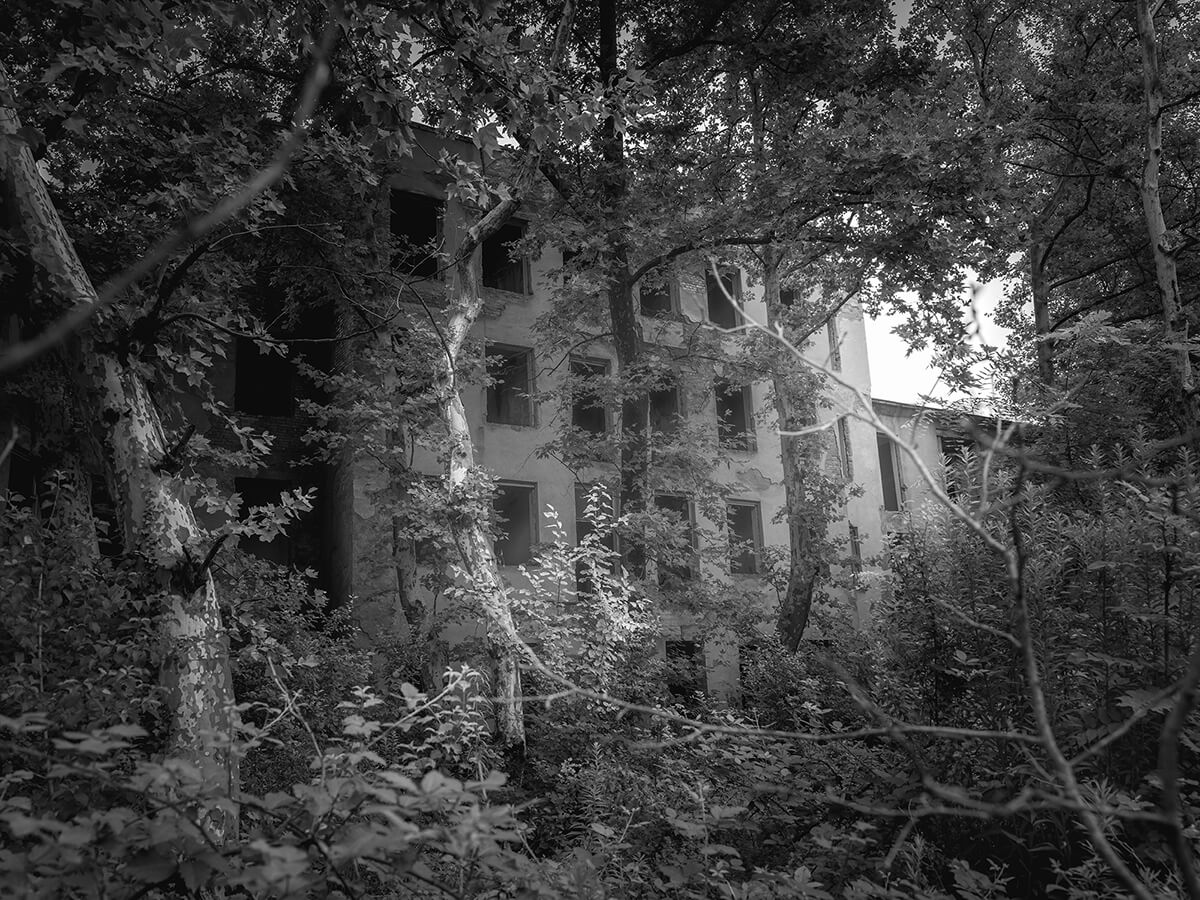INTERVIEW
A Tool for Empathy
WITH HOSSEIN FARDINFARD
AN INTERVIEW WITH HOSSEIN FARDINFARD
“We live in an era where we’re no longer confined to mastering just one or two fields. With the rise of the internet, we have the opportunity to expand our knowledge and experience the world in new, interconnected ways.”
Hossein Fardindard won 1st Prize in our recent Portraits competition with a stunning environmental portrait of Merry, a refugee in her home in Tskaltubo, Georgia, and which our judge Todd Antony praised for the visual echo between the sparseness of the space and the void of loss in Merry’s life.
Keen to know more about the image, the series from which it was taken, and Hossein’s route into photography via geography, cartography and IT, we put some questions to him…
Hossein, congratulations on winning our Portraits competition! Please introduce yourself in a few words, and perhaps a fact we should know about you.
Thank you! I’m Hossein, a documentary and environmental portrait photographer based in Amsterdam, and I graduated from the Royal Academy of Art in The Hague in 2022. My greatest joy in photography comes from studying the spirit and essence of people through portraiture.
As a naturally shy and introverted person, photography helped me step out of my comfort zone and connect more deeply with people and society, and listen to their fascinating stories.
What did you make of the judges’ comments?
The first thing that stood out to me and made me happy was that both comments highlighted not only the story of Merry, but also the environment in which she lives. This resonated deeply with me because I focus on environmental portraiture, and I believe that people are shaped by their surroundings. The interaction between a person and their environment is crucial, and through this style, I feel I can extend or somehow complete the narrative of my subject. Each element in the environment can tell its own story, and I aim to capture that in my work.
It was rewarding to see that the feelings I aimed to express through the atmosphere of the room and Merry’s presence came through so clearly in their feedback. They noted the deeper emotional atmosphere of the image, which was very gratifying.
Can you tell us a little bit more about the winning shot and the circumstances behind it?
While working on this series, I came across Merry by chance. I met her outside her room as she was chatting with her neighbors, who were also refugees. We had a brief conversation, and I felt an immediate connection with her. Intrigued, I asked if she could show me her room and if I could possibly take a photograph. When she agreed, I stepped inside, and what happened next is something I will never forget.
I felt as though I had been transported somewhere completely different—lost in time, detached from the past, present, and future. It was an almost surreal experience, as if the room had a strange, timeless atmosphere that froze me in place. Words don’t fully capture the intensity of that moment. It was this feeling of being lost, or disconnected, that inspired the name of this series, “Blackout.” So, the name of this series actually come from my personal experience of that moment. The room had an overwhelming effect on me, especially the arrangement of the objects and the painting on the wall. Everything felt significant.
One detail that stood out to me was the small bouquet of flowers on the table. For me, Merry became a symbol of hope. Despite the heartbreak of losing her loved ones, she carried herself with grace and resilience. I saw her a few times on different occasions, and she had this habit of going out into the yard to collect flowers to bring back to her room. Her space was almost tidy and carefully kept, which, to me, reflected her hopeful spirit amid her difficult circumstances.
I visited her three separate times to capture the right moment. The first two times, the weather wasn’t cooperating—there was cloud cover and rain, and I wasn’t able to get the natural light I wanted. But on the third visit, during the summer, the light was perfect. It streamed in through the window and fell gently on Merry, just as I had hoped. That light was essential because it symbolized the hope and quiet strength that I saw in her.
You mention it being from the series Blackout in which you document the townspeople of Tskaltubo in Georgia – once a thriving resort town but one that’s gone into ruin since the fall of the USSR. Can you tell us about the genesis of that project?
The “Blackout” project started when a Georgian fixer, familiar with my work, recommended I visit Tskaltubo, knowing my interest in the relationship between people and their environment. The town’s history and the situation of the refugees living there immediately drew me in, and I began researching the area and its displaced residents. What really pushed me to pursue this project was the theme of displacement, something I personally resonate with. Although I’m an immigrant, not a refugee, I had to leave my homeland due to restraints, and this shared experience of being uprooted connected me to their stories.
When I went to Tskaltubo for field research, the connection deepened. As I met the people, I felt their narratives echoing my own experience of leaving home behind. There was a strong sense of empathy that developed, and this encouraged me to spend more time with each person I photographed. Their lives and the abandoned, haunting environment of Tskaltubo were unlike anything I’d encountered in my previous work, and I felt compelled to document it.
Another layer of motivation for this project came from the geographic and cultural ties between Georgia and my homeland, Iran. Georgia, situated in the Caucasus and close to the Middle East, felt familiar, and the historical and cultural interactions between the regions added another layer of significance to my decision to embark on the project.
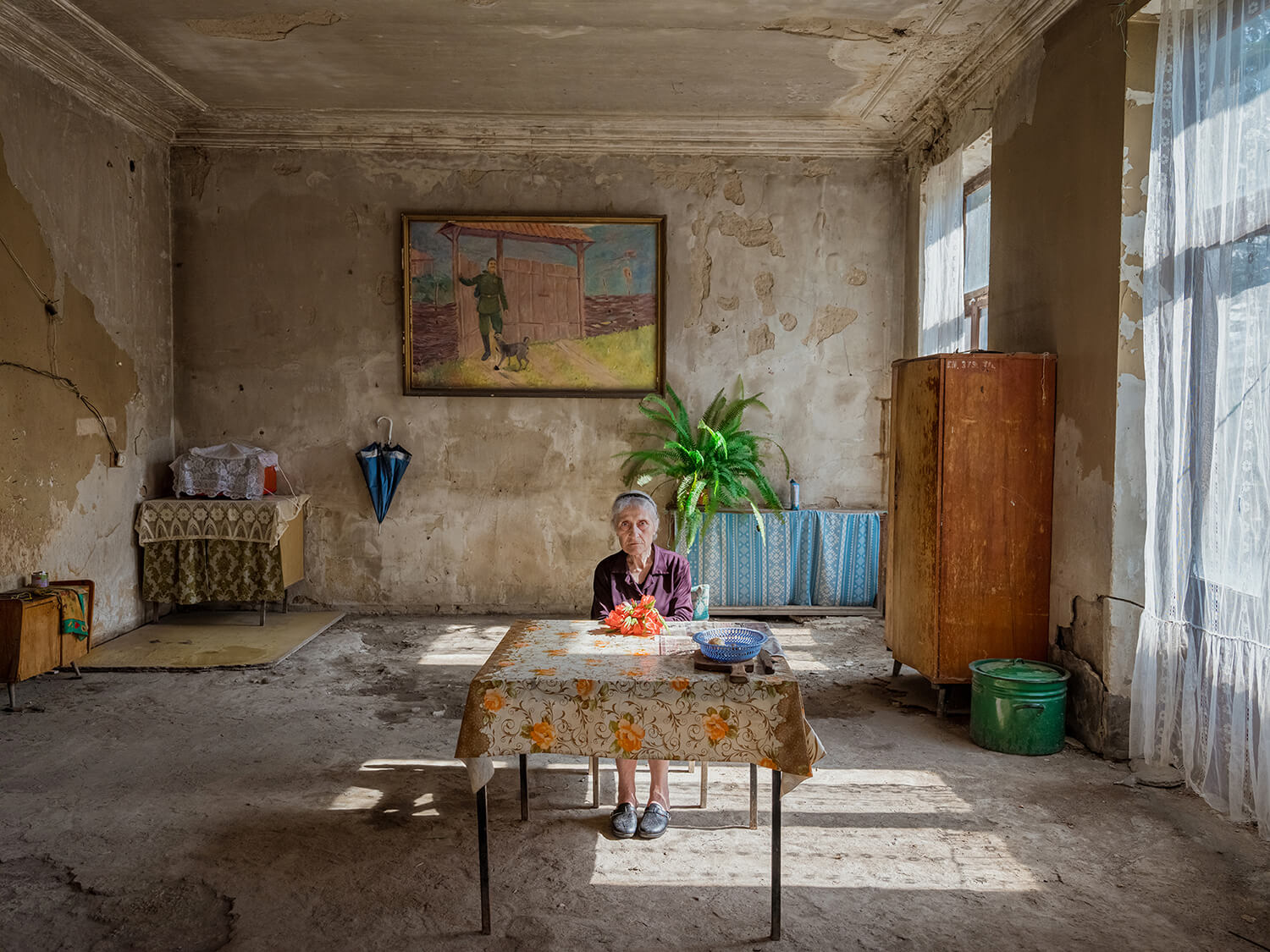
HOSSEIN’S WINNING IMAGE FOR PORTRAITS
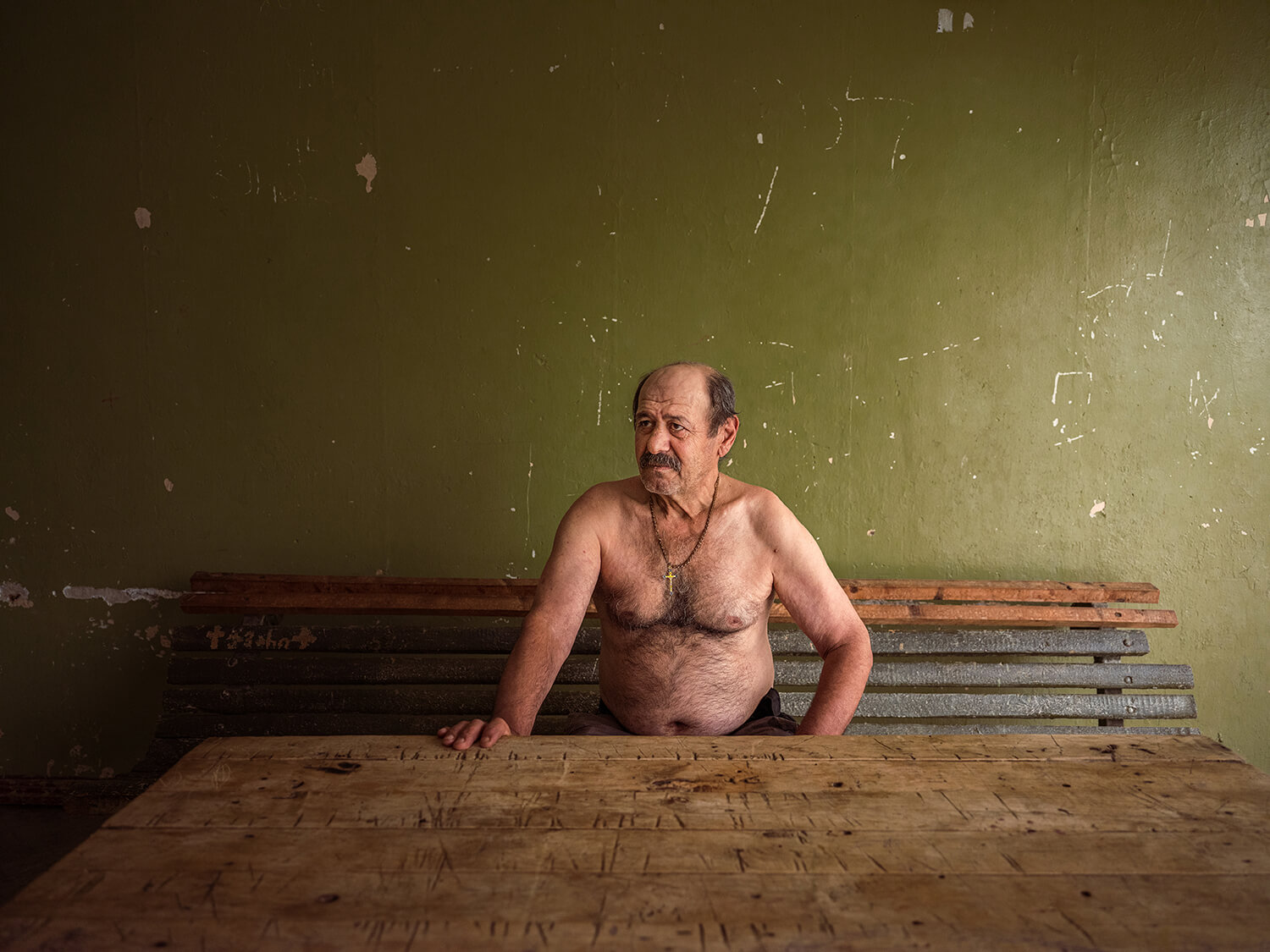
FROM THE SERIES BLACKOUT
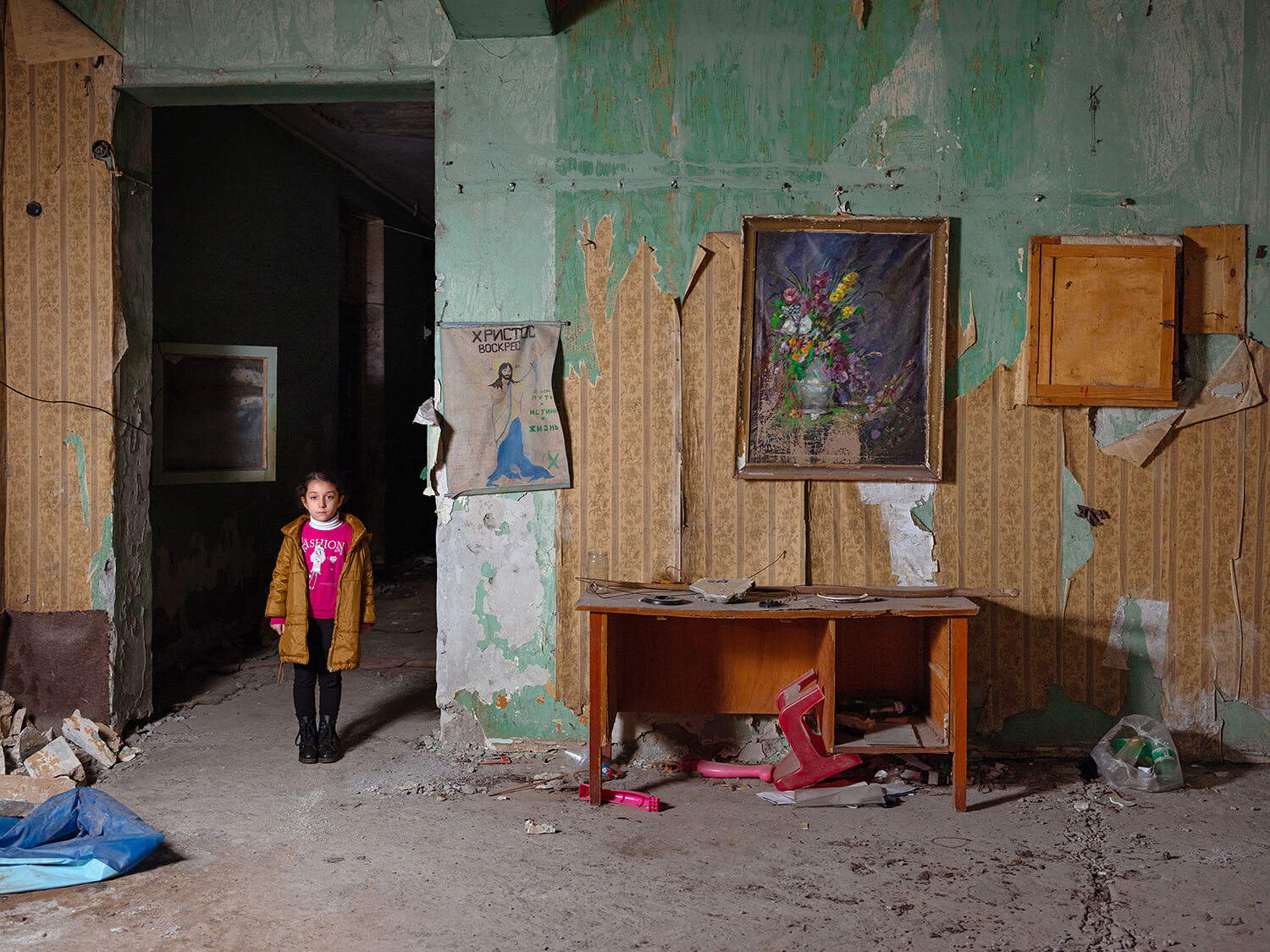
FROM THE SERIES BLACKOUT
What was your route into photography, and how would you now describe your photographic work?
When I moved to Georgia, photography wasn’t on my mind. At the time, I wasn’t even considering it. But the environment, the people, and the culture around me sparked a strong urge to document what I was seeing and experiencing. I’ve always considered myself a sceptical observer, and the act of observing has always intrigued me. So, I bought my first camera to capture these observations, and that’s how my journey began through street photography.
Over time, my focus shifted towards documentary and portrait photography, particularly around social issues. Photography became a way for me to connect with people. It was more than just taking pictures; it became a tool for understanding others and engaging with the world around me. This path eventually led me to the Netherlands, where I decided to pursue formal education in photography at the age of 33. I’ve always believed in the value of academic knowledge, though I understand it’s my approach and not necessary for everyone.
Currently, I find myself drawn toward experimenting with docu-fiction where the inputs are factual but the output can be staged and manipulated by my personal interpretation. I’m gradually shifting my focus from merely documentary work to a more blended style that incorporates fictional elements. At the same time, my thematic interests are expanding—from social issues to more cosmic and spiritual topics. I’m exploring deeper questions about existence, the universe, and spirituality, which is subtly guiding the direction of my work.
I note that you hold degrees in Cartography and Information Technology, and an M.A. in Geomorphology, as well as your degree in Photography – a fascinating set of studies. How would you describe this path? Do your learnings in IT and geography feed into your photography, or are they very much separate endeavours?
I’ve always had a passion for exploring different fields of study, and this is my nature. Being naturally observant, I find myself intrigued by the changes and dynamics in both people and the environment. My curiosity drives me to constantly broaden my understanding of the world we live in. Since my work as a documentary photographer revolves around exploring social issues, having a diverse background certainly helps me make more informed choices when selecting the topics I want to investigate.
I’m also a strong advocate for interdisciplinary approaches. For instance, during my master’s degree, I combined IT with geography in my graduation project, and for my photography graduation proposal, I incorporated my IT knowledge with my photographic work, exploring how our privacy becomes vulnerable in the virtual world, where our digital identity and footprints have permeated daily life—from facial recognition systems to our activities on social media.
I believe we live in an era where we’re no longer confined to mastering just one or two fields. With the rise of the internet and AI, we have the opportunity to expand our knowledge and experience the world in new, interconnected ways, whether in art or other pursuits. I enjoy the process of continuous learning and expect to keep following this path for as long as I live.
You describe one of your main focus areas as environmental portraits. What makes for a strong environmental portrait, and how do you go about marrying a subject with their environment to get the image with the strongest narrative?
I believe a strong environmental portrait adds depth to the subject’s narrative or, in a sense, completes it. To achieve this, I always consider where to position my subject—specifically, in a location that reflects their daily interactions and experiences. It’s crucial to avoid placing them in an irrelevant setting that might convey misleading information.
From a technical standpoint, framing is also essential. I pay close attention to how I compose the subject and their environment through the camera’s viewfinder.
To create such images, I typically start by exploring the environment, observing which elements can be included in the frame and which should be omitted. Sometimes, I engage in deeper conversations with the subject about the details in their surroundings to ensure that these elements are relevant and contribute meaningfully to the narrative.
I also occasionally take a reverse approach. In this case, I first seek out an environment that captures my attention, even without knowing the people who inhabit it or their backgrounds. If a location calls to me, I then look for the narratives that emerge from it, as I believe tales flow everywhere in every corner of space. In this approach, my intuition plays a significant role, as well. I visit locations and assess how I feel about the environment; this method has consistently yielded positive results. When I sense that a space is “speaking” to me, I often discover compelling accounts connected to that place.
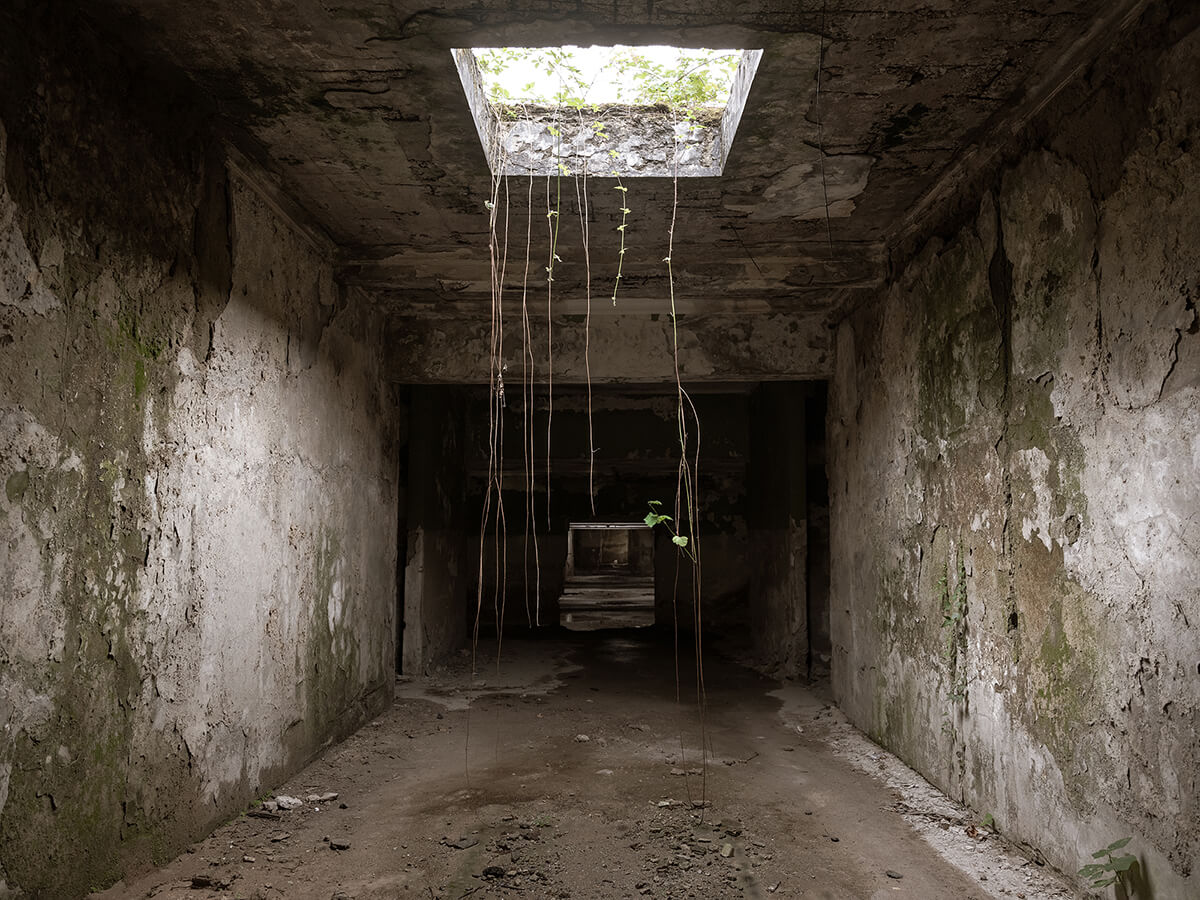
FROM THE SERIES BLACKOUT
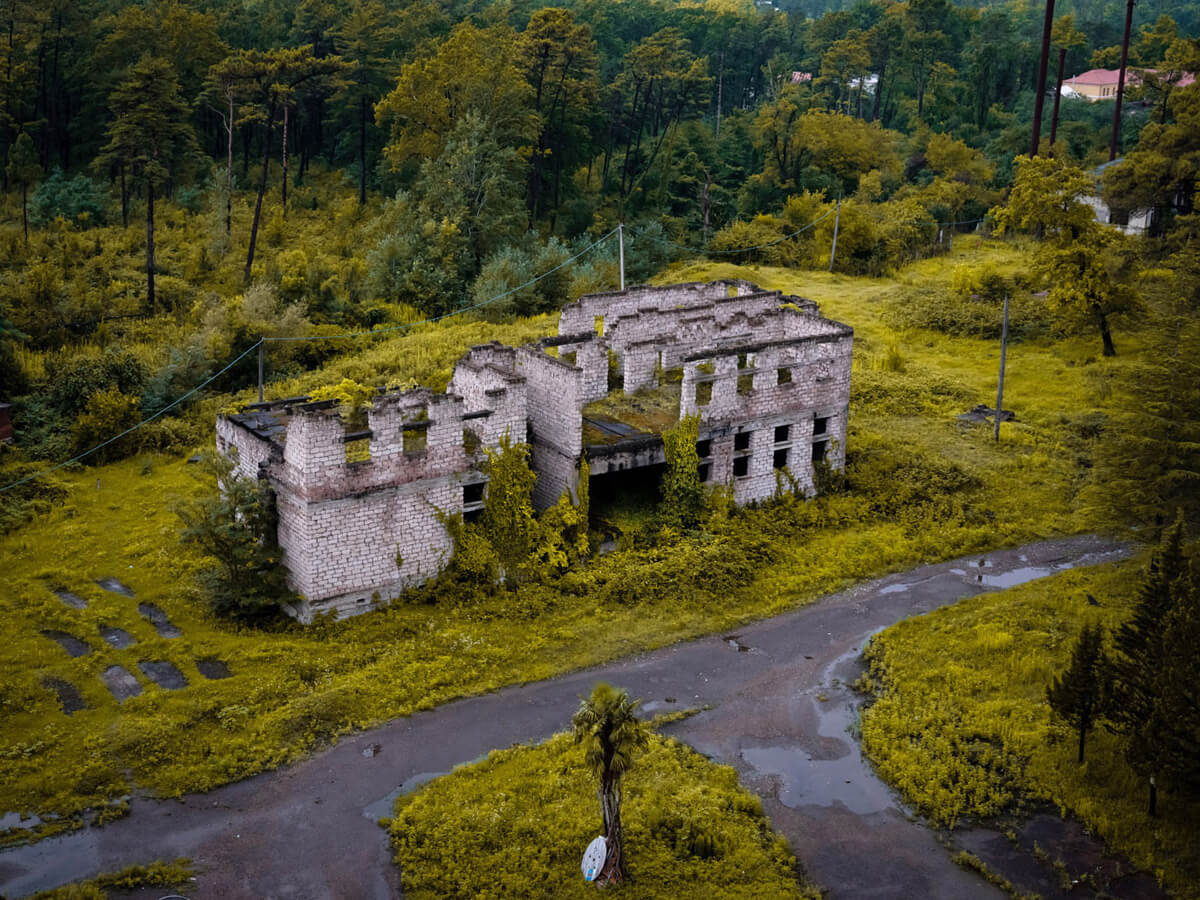
FROM THE SERIES BLACKOUT
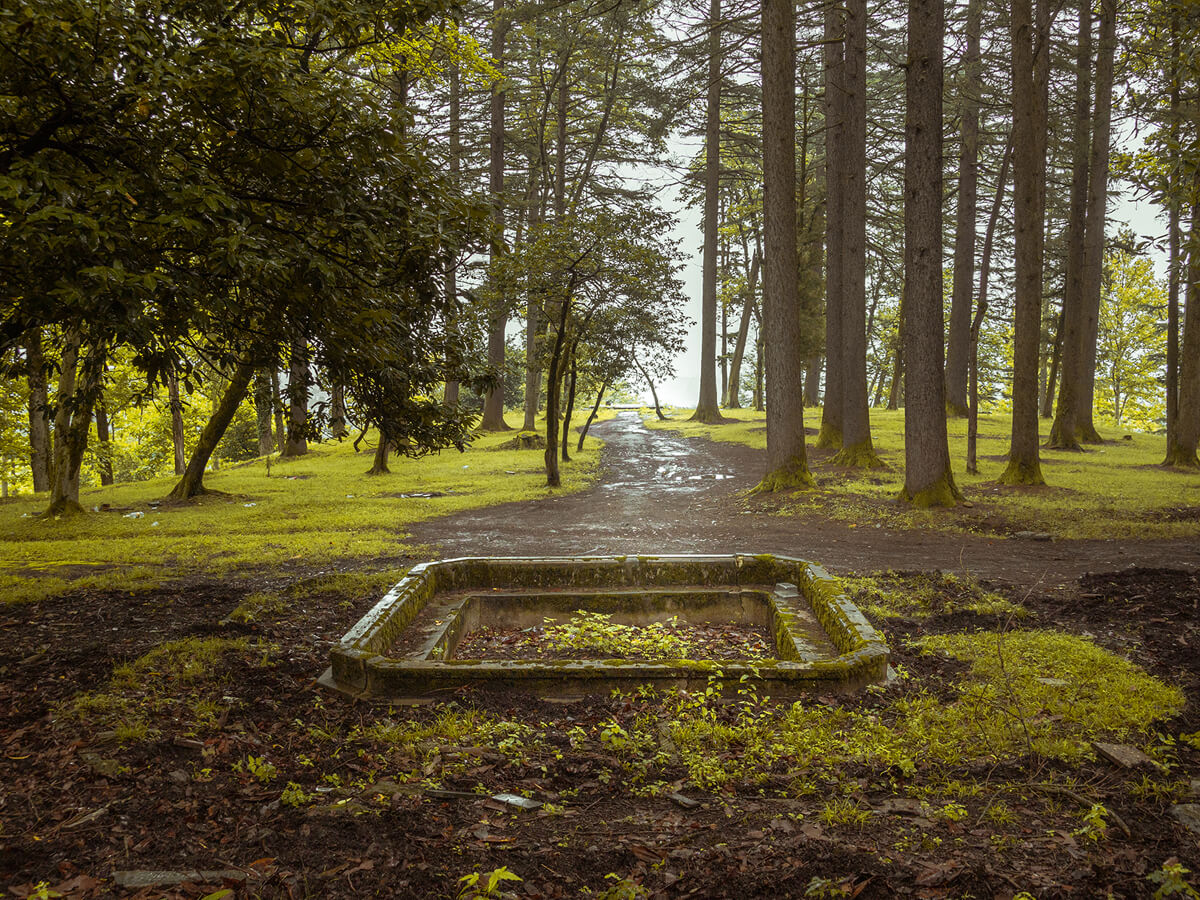
FROM THE SERIES BLACKOUT
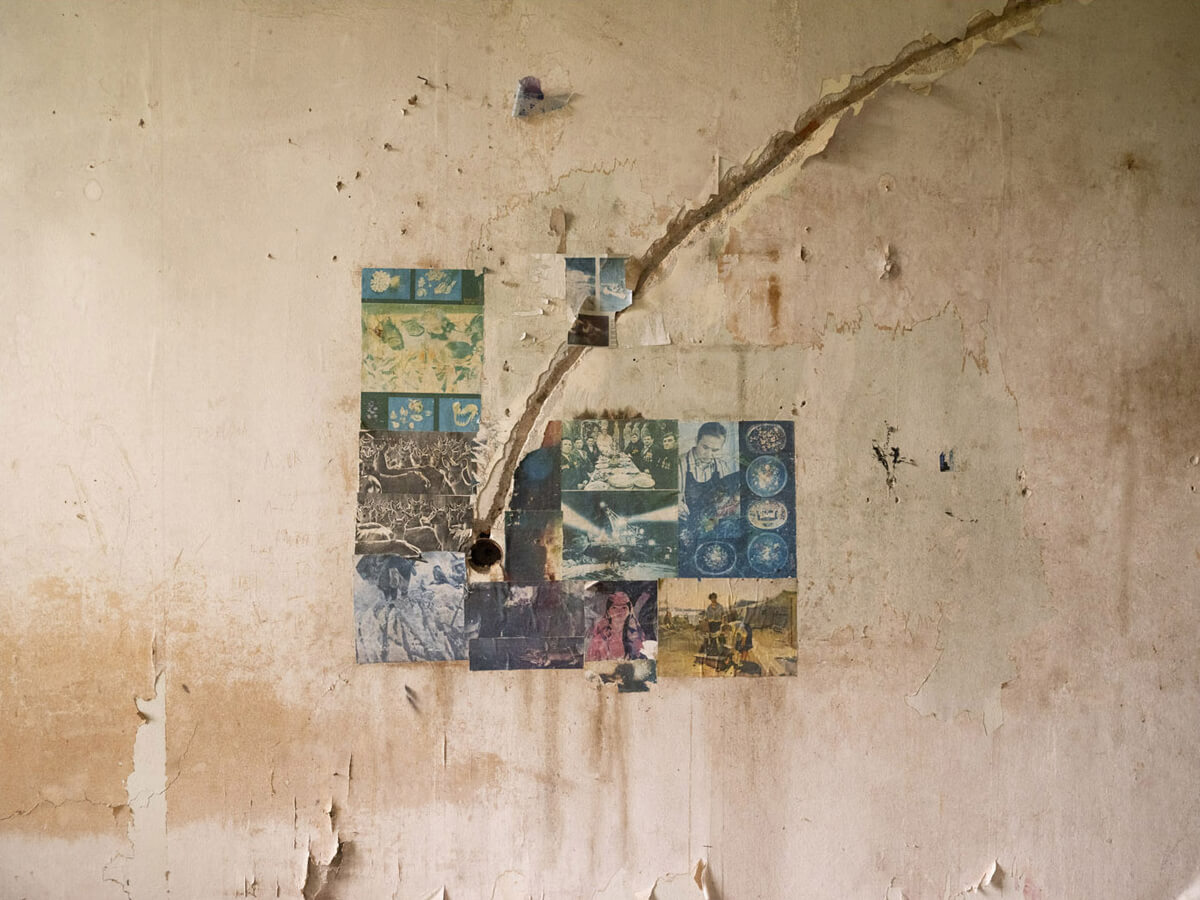
FROM THE SERIES BLACKOUT
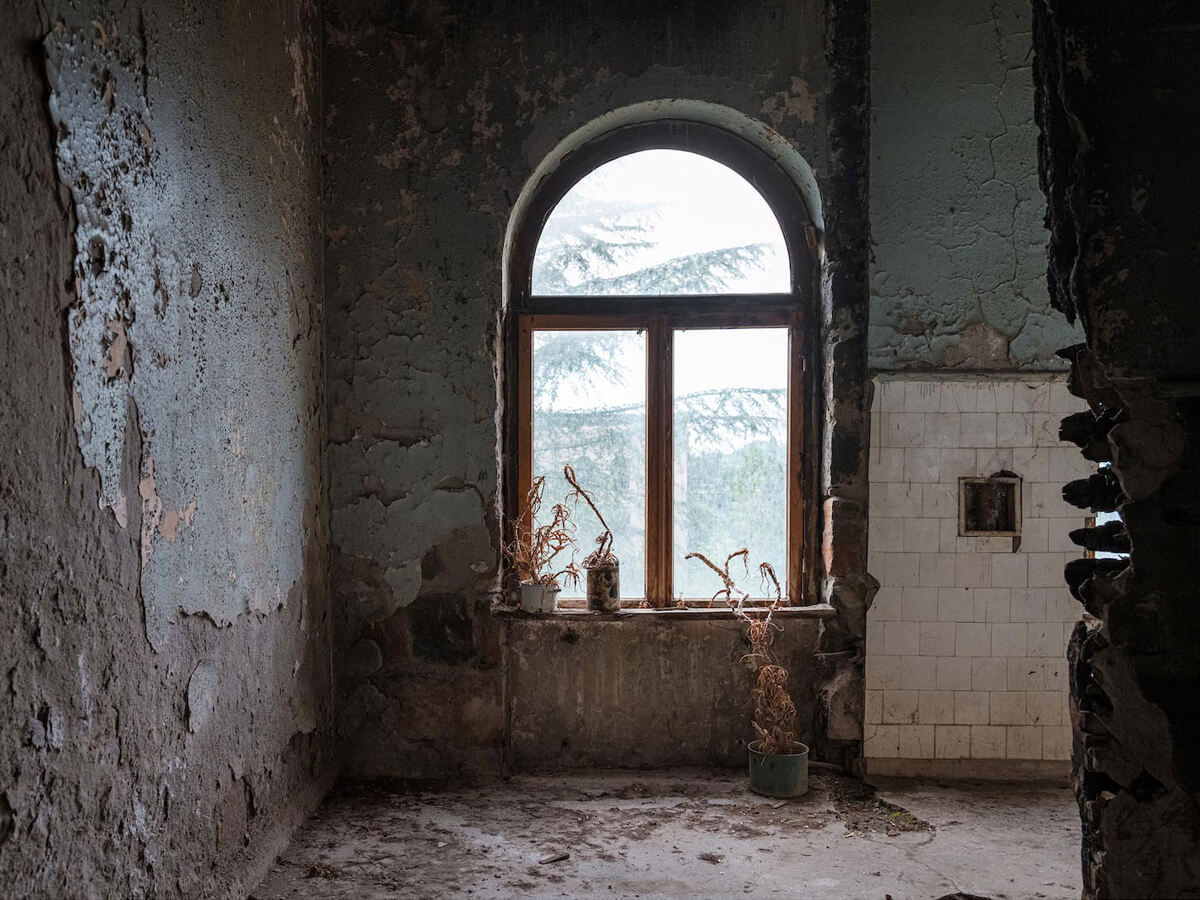
FROM THE SERIES BLACKOUT
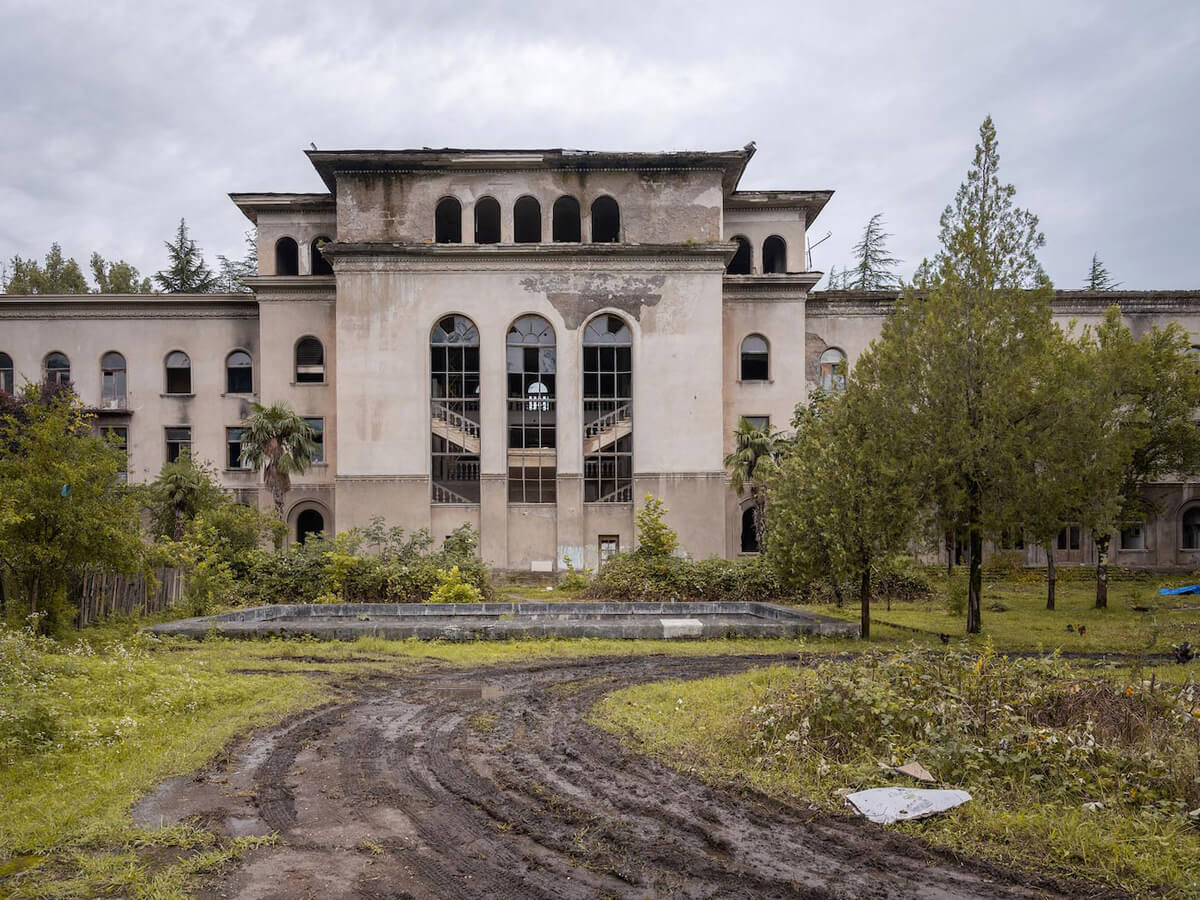
FROM THE SERIES BLACKOUT
And do you have a particular favourite shot of your own, from your work in Georgia or otherwise? Can you talk us through it?
I’d like to share something more personal—one of my self-portraits from a project I worked on during the COVID-19 pandemic [below]. At that time, I was still studying photography, and as a documentary photographer who relied on connecting with people, the lockdown was particularly challenging for me. It led me to turn the camera on myself for the first time, giving rise to a project called Seclusion.
It took me four consecutive days to capture, as I wanted to capture the moment when birds in the frame would fly past the window—a symbol of freedom for someone who felt imprisoned. I deliberately slowed down the process like never before. The image reminds me of those difficult days, the isolation, and the intense feelings of loneliness that were so prevalent. Unlike my previous work, where others were the focus, Seclusion was deeply personal, as I found myself both the observer and the observed. I should also mention that the image is not manipulated, collaged, or Photoshopped.
It was a new emotionally and visually experience for me. It reflects not only that challenging period but also my internal state. It serves as a reminder of the need for human connection.
Who are your biggest photography heroes or inspirations? Do you find inspiration outside the genre too?
Some people are here for something bigger. That’s why I’ll start with Lewis Hine. He wasn’t just a photographer; he was here for a greater purpose, and I admire the ethical core of his work. His photography went beyond aesthetics, and that’s what resonates with me the most. Visually and technically, I’m also drawn to the cinematic atmosphere of Gregory Crewdson’s work. The mood he creates is incredibly powerful, and I’ve learned a lot from the way he meticulously crafts each shot to convey the best visual essence.
Outside of photography, I find a lot of inspiration in Edward Hopper’s paintings. I love how he captured the mood and isolation of his characters, and the atmosphere of the environment. I would also add Christopher Nolan.
What, or where would be your dream assignment?
My answer is simple: any assignment that has a meaningful impact on the collective. That’s my dream assignment—something that goes beyond just visuals and aesthetics, making a real difference, whether it’s a commercial task, documentary, or anything else.
What’s the best piece of advice you’d pass on to your younger self if you could? Or maybe one you frequently pass onto workshop participants?
My advice would be: get inspired by others, but don’t imitate them. Stay true to your authenticity and originality. To do that, you first need to understand yourself—your concerns, your interests—and then have the confidence to raise your voice and create art that reflects that. Don’t worry about criticism, and always value your own work.
And finally, what are your plans for the rest of 2024?
I’ve recently become more intrigued by cosmic themes, exploring the connection between humanity and distant stars and planets. In the remaining months of 2024, I plan to expand my research in this area and dedicate more time to a long-term project I’ve lately started. This project is a co-creation with a new collaborator, a recognized name in this field. Alongside this, if time allows, I also intend to work on my new project in Georgia, which will be an environmental portrait series focused on the youth of the country. And lastly, I hope these final months of the year bring peace to the world during these challenging times.
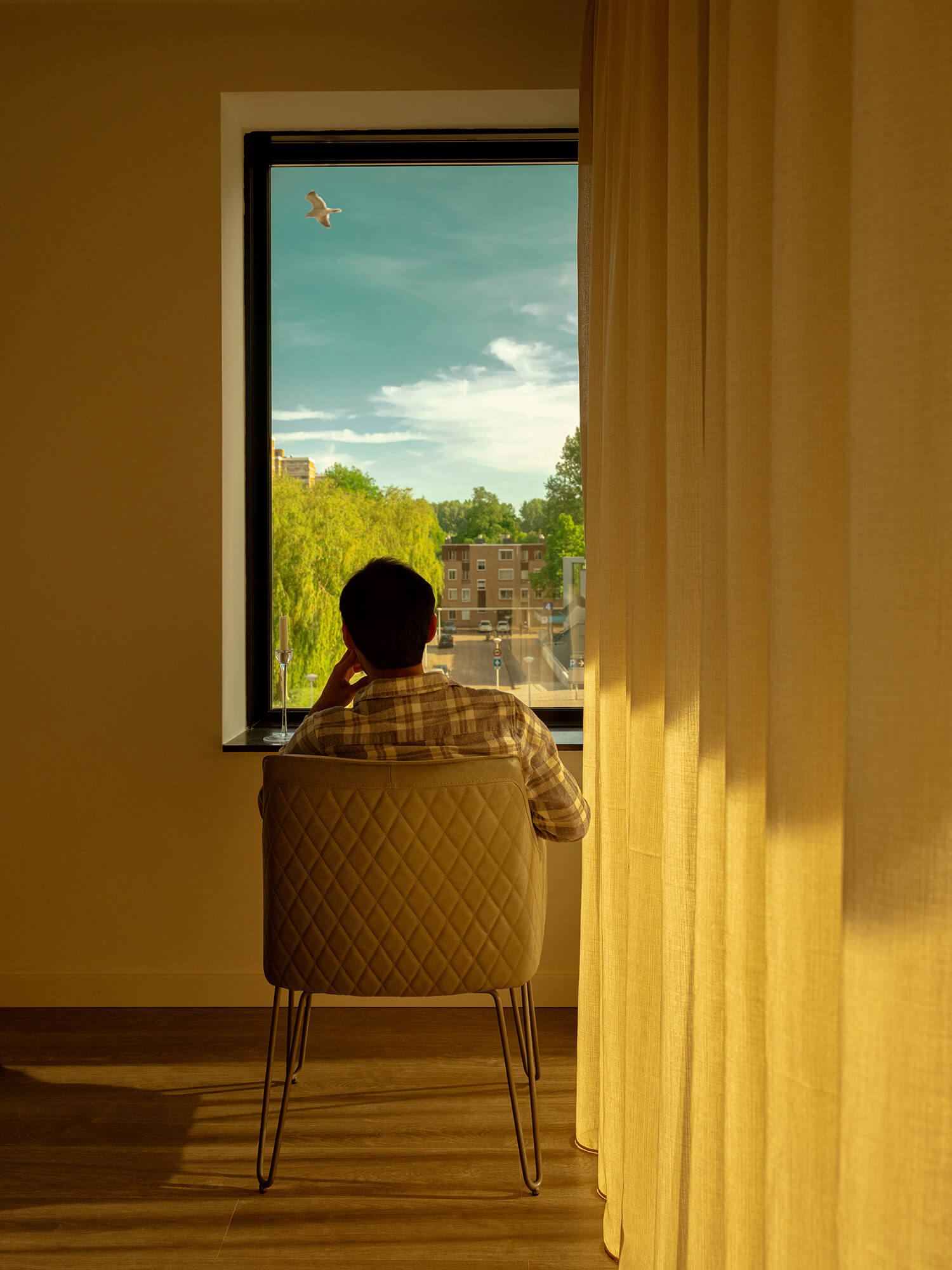
HOSSEIN’S FAVORITE SHOT
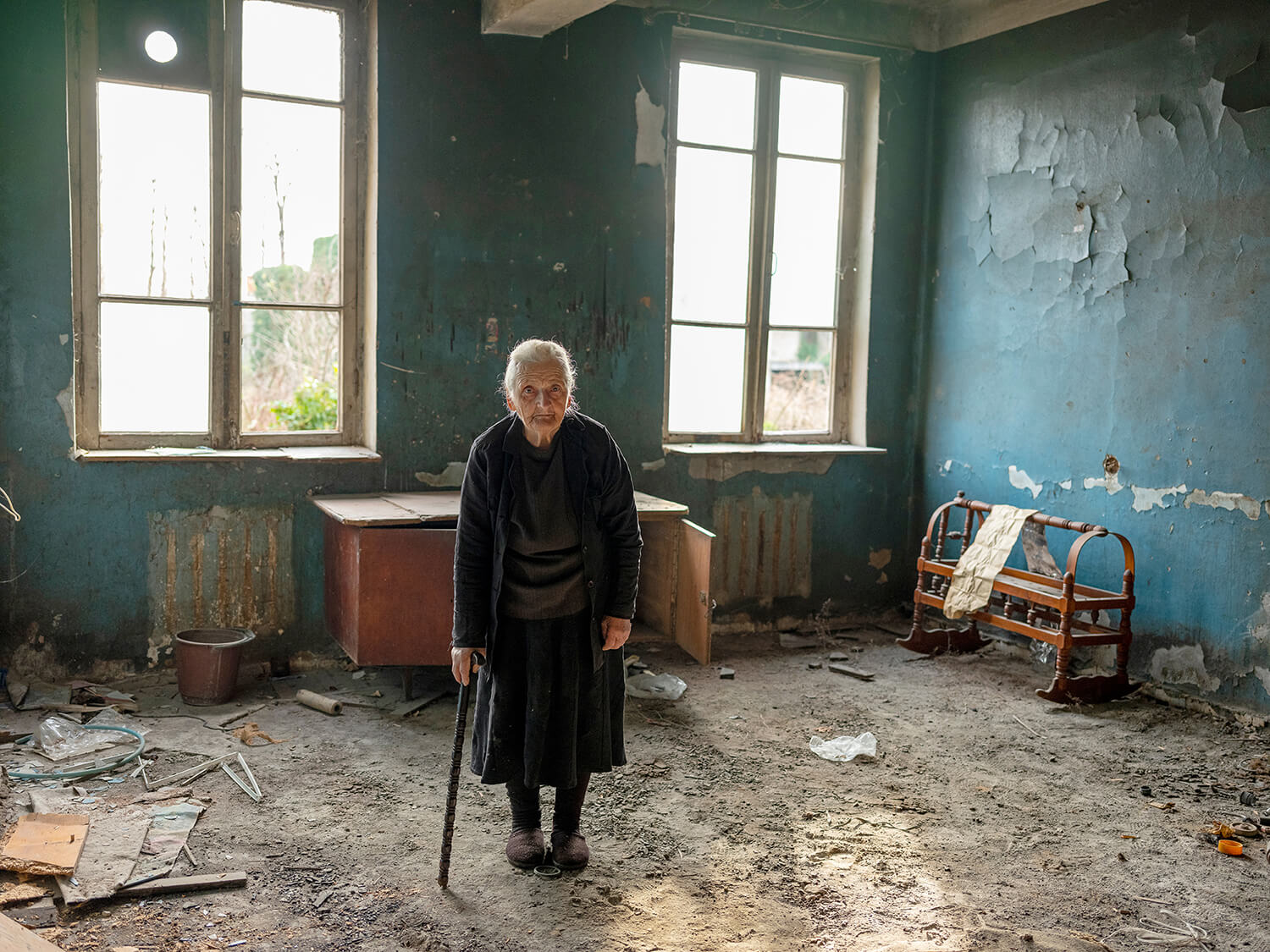
FROM THE SERIES BLACKOUT
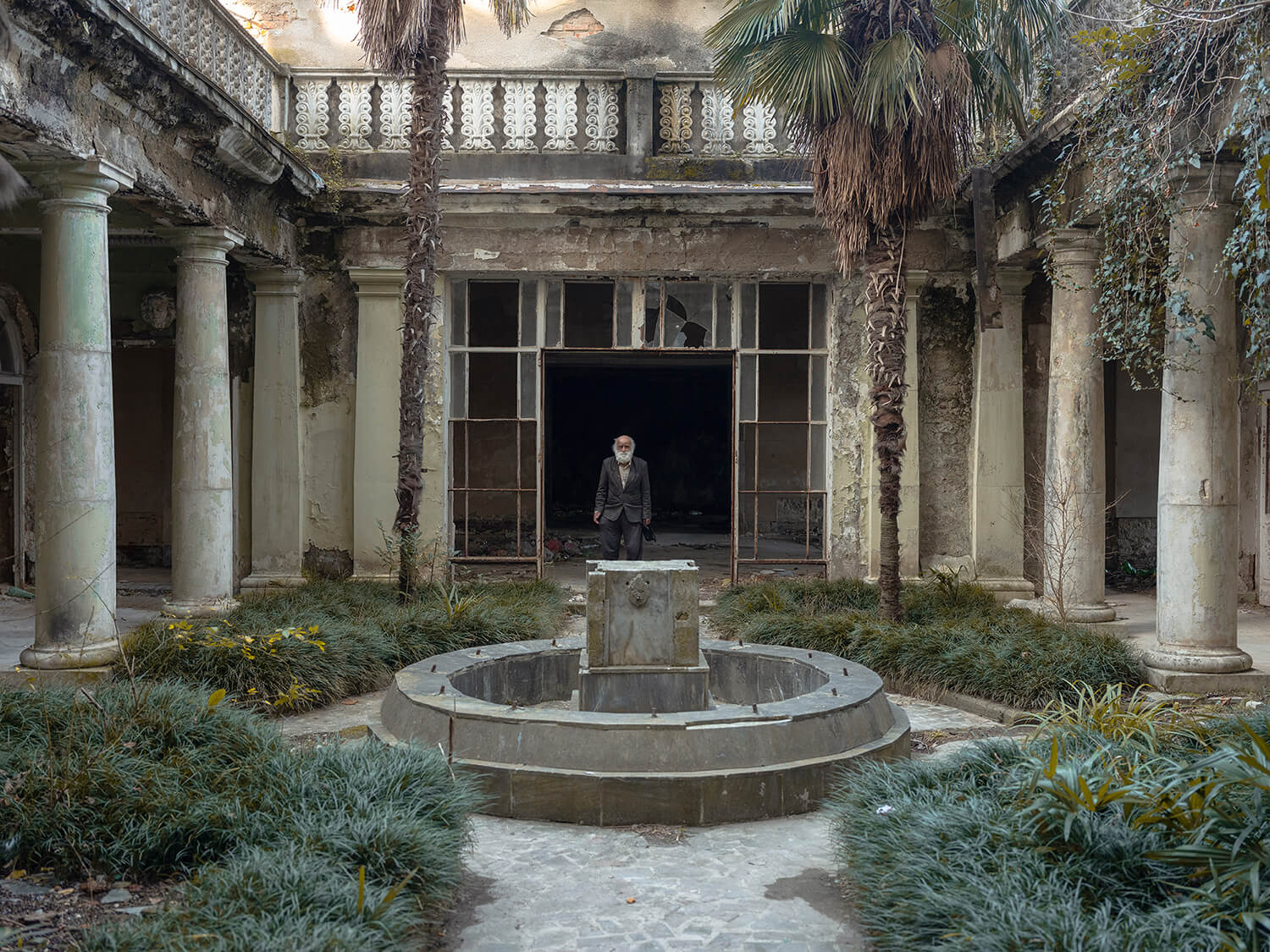
FROM THE SERIES BLACKOUT
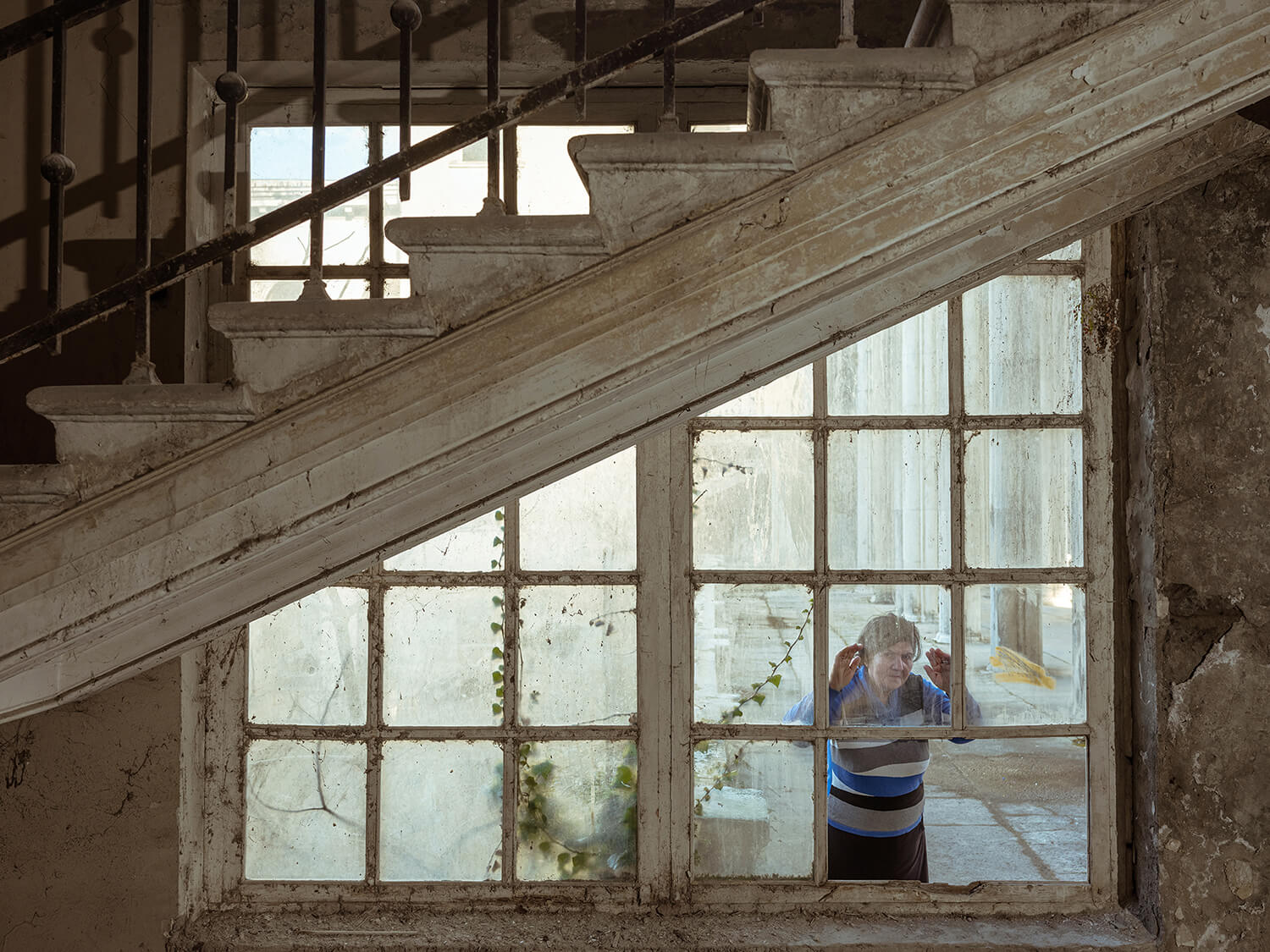
FROM THE SERIES BLACKOUT
All images © Hossein Fardindard
See more at www.hossein.art and follow him on Instagram: @hossein.foto.
